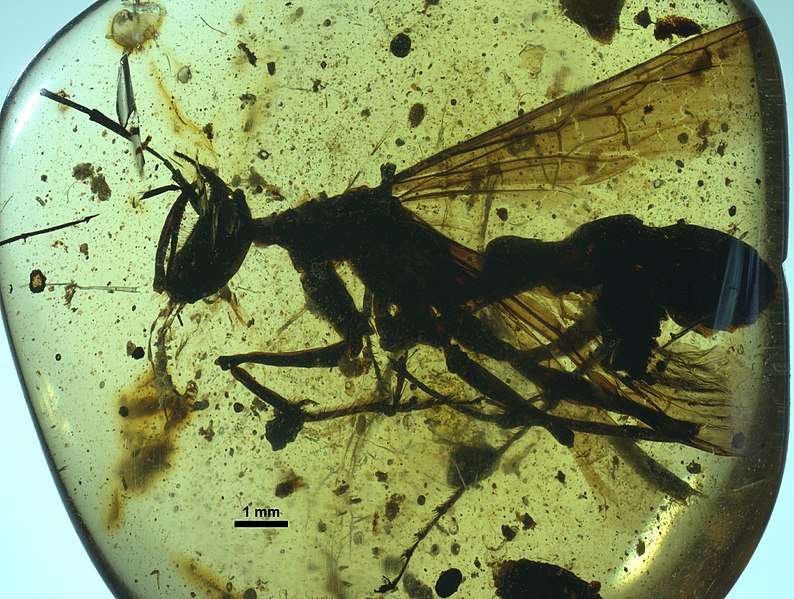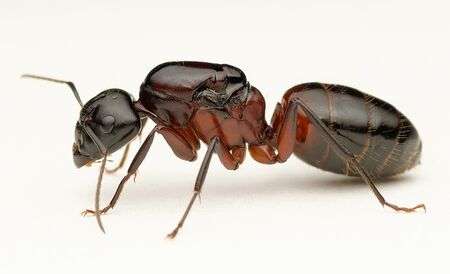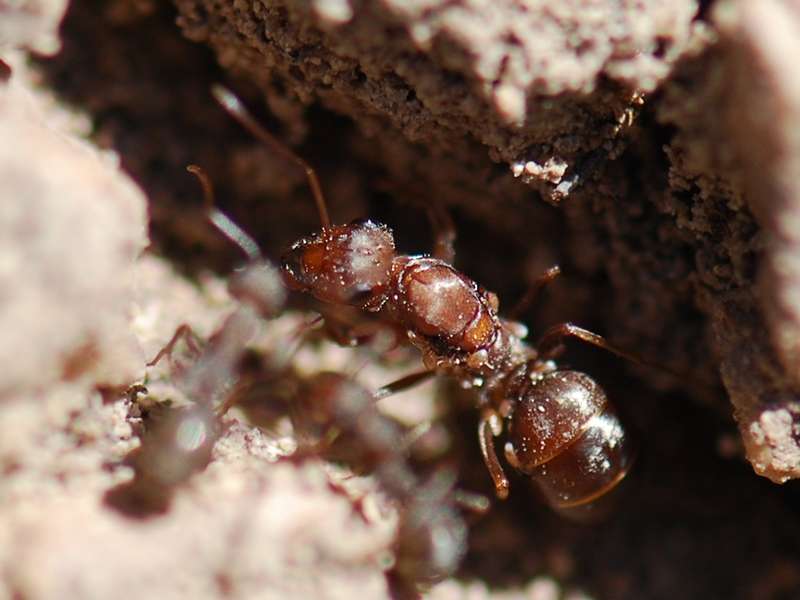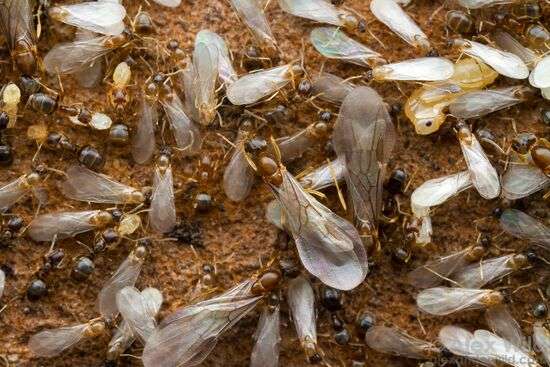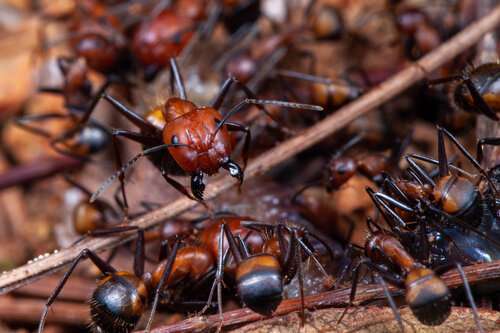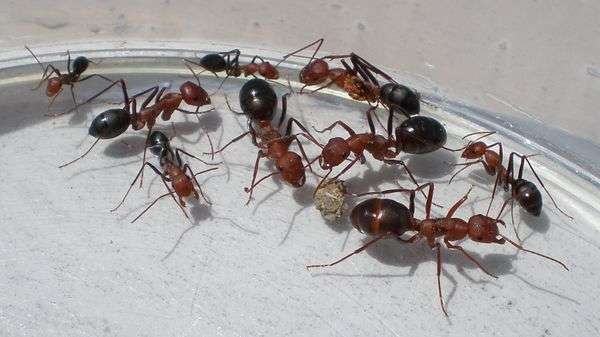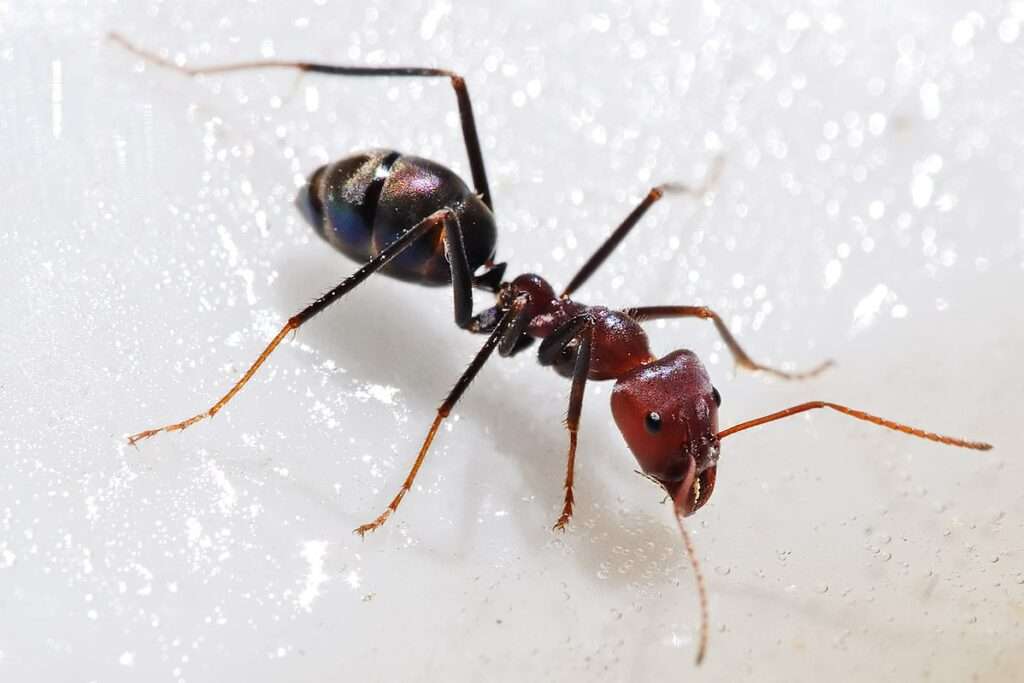Haidomyrmecinae
Initially established in 2003, the subfamily was later reclassified as the tribe Haidomyrmecini and assigned to the extinct ant subfamily Sphecomyrminae. In 2020, Haidomyrmecini underwent a review, which resulted in the group’s reascension to subfamily status. There are thirteen species and nine genera in the family. Distribution The extinct Formicidae subfamily Haidomyrmecinae, sometimes known as […]


